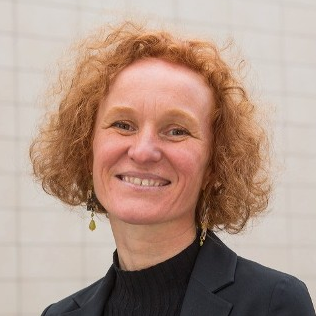Recent Advances in Metal Additive Manufacturing
A special issue of Materials (ISSN 1996-1944). This special issue belongs to the section "Manufacturing Processes and Systems".
Deadline for manuscript submissions: closed (31 August 2020) | Viewed by 27487
Special Issue Editor
Special Issue Information
Dear Colleagues,
Today, laser-based powder bed fusion (L-PBF) of metals is beyond doubt the additive manufacturing process with the strongest industrial impact. This rushed diffusion requires the joint efforts of the scientific community to understand, control, model, design and standardize materials and processes and mitigate the risks that such an industrial revolution entails. A qualitative leap is required in the understanding and control of the micro-mechanisms that often compromise the acceptability of the components or, worse, the long-term reliability of accepted ones. In order to meet automotive, aerospace and defence requirements more is needed from the research side.
High-end PBF components demand a thorough knowledge of the mechanical behaviour in terms of their static and, even more importantly, their dynamic properties. At present, one of the most critical risks to long-term reliability is certainly the almost unavoidable presence of microstructural singularities acting as stress intensifiers, mainly pores and local variations of composition or phase.
Concurrently, dedicated design approaches and pioneering simulation tools can support the avoidance both of build failures and of design loops due to the breakdown of the component during the validation phase, with increased confidence and repeatability, a tighter schedule and reduced costs.
This Special Issue will address the advancements in the complex set of innovations that is contributing to the complete deployment and adoption of L-PBF in the industrial sector for the production of right-first-time components.
It is my pleasure to invite you to submit a manuscript to this Special Issue. Full papers, communications, and reviews are all welcome.
Prof. Elena Bassoli
Guest Editor
Manuscript Submission Information
Manuscripts should be submitted online at www.mdpi.com by registering and logging in to this website. Once you are registered, click here to go to the submission form. Manuscripts can be submitted until the deadline. All submissions that pass pre-check are peer-reviewed. Accepted papers will be published continuously in the journal (as soon as accepted) and will be listed together on the special issue website. Research articles, review articles as well as short communications are invited. For planned papers, a title and short abstract (about 100 words) can be sent to the Editorial Office for announcement on this website.
Submitted manuscripts should not have been published previously, nor be under consideration for publication elsewhere (except conference proceedings papers). All manuscripts are thoroughly refereed through a single-blind peer-review process. A guide for authors and other relevant information for submission of manuscripts is available on the Instructions for Authors page. Materials is an international peer-reviewed open access semimonthly journal published by MDPI.
Please visit the Instructions for Authors page before submitting a manuscript. The Article Processing Charge (APC) for publication in this open access journal is 2600 CHF (Swiss Francs). Submitted papers should be well formatted and use good English. Authors may use MDPI's English editing service prior to publication or during author revisions.
Keywords
- powder bed fusion
- fatigue resistance
- design for additive manufacturing
- process simulation
- microstructure
- porosity
- powder contamination






